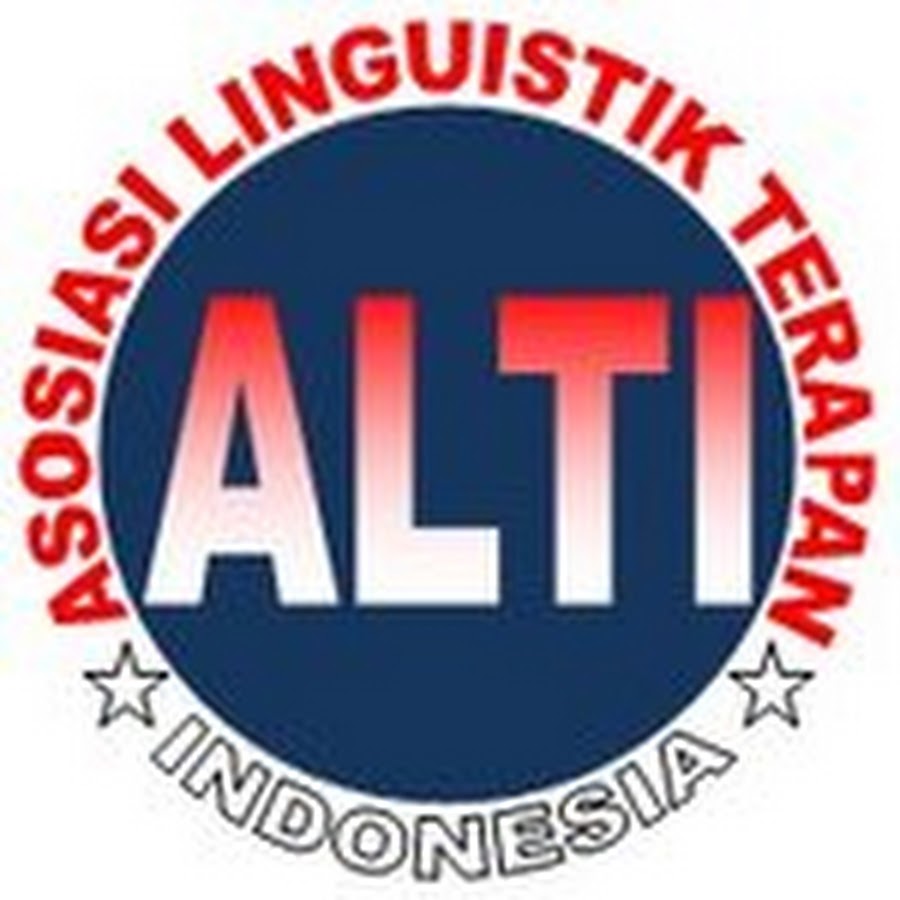Students’ Problems in Semantic Meaning Analysis of Literary Works in English Handbooks
DOI:
https://doi.org/10.33096/tamaddun.v20i1.88Keywords:
semantics, handbook, literary work, meaningAbstract
English handbooks used in High schools fill with literary works. It is either in poem, prose, or drama. These literary works are human’s creatures both in spoken and written language which fills with implicit meaning beneath the stylistic language used in that literary works. Besides, semantics is a branch of linguistics that studies meaning. This study aimed to find out problems faced by students in the analysis of the semantics meaning of literary works found in English handbooks. This study applied the qualitative descriptive method. The result showed that the problems faced by students lied beneath the determination of semantics meanings and their types found in words, phrases, clauses, and sentences in literary works.
References
Akinola, O. A., & Olatipe, S. O. (2016). A Lexico-Semantic Study of Mariama Ba’s So Long A Letter. International Journal of English Language and Linguistics Research, 4(7), 46–58. www.eajournals.org
Al-Athwary, A. A. H. (2016). The semantics of English borrowings in Arabic media language: The case of Arab gulf states newspapers. International Journal of Applied Linguistics and English Literature, 5(4), 110–121. https://doi.org/10.7575/AIAC.IJALEL.V.5N.4P.110
Anggraeni, A., & Rachmijati, C. (2015). Kelayakan Karya Tulis Penulis Cilik sebagai Bahan Ajar Bahasa Inggris. Semantik. http://e-journal.stkipsiliwangi.ac.id/index.php/semantik/article/view/448/317
Chaer, A. (2012). Linguistik Umum. In Rineka Cipta. Rineka Cipta.
Darwin, D., Nuruddin, N., & Anwar, M. (2021). Alegori Kesetiaan Dalam Cerpen Baishui Qingcai (白水青菜) Sup Bening Sawi Hijau Karya Pan Xiangli (潘向黎). Jurnal Ilmiah SEMANTIKA, 2(02), 71–80. https://doi.org/10.46772/SEMANTIKA.V2I02.387
Heath, M. A., Smith, K., & Young, E. L. (2017). Using Children’s Literature to Strengthen Social and Emotional Learning. School Psychology International, 38(5), 541–561. https://doi.org/10.1177/0143034317710070
Irbah, H. D., Irbah, H. D., Hardini, T. I., & Ansas, V. N. (2020). Makna Asosiatif dalam Antologi Puisi 길 (Gil) Karya Yun Dong Ju: Sebuah Kajian Semantik. CaLLs (Journal of Culture, Arts, Literature, and Linguistics), 6(2), 221–237. https://doi.org/10.30872/calls.v6i2.4395
Kurniawati, T., Kusumaningsih, C., & Rhamadiyanti, Y. (2016). Pengembangan Draft Bahan Ajar pada Mata Kuliah Basic Reading Program Studi Bahasa Inggris. Jurnal Pendidikan Bahasa, 4(2), 281–293. https://doi.org/10.31571/BAHASA.V4I2.96
Moleong, L. J. (2019). Metodologi Penelitian Kualitatif (Edisi Revisi). In PT. Remaja Rosda Karya.
Muslimin. (2011). Analisis Buku Teks Bahasa Indonesia untuk SMP Kelas IX dengan Pendekatan Tematik. Jurnal Bahasa, Sastra, & Budaya, 1(2), 87–98.
Nisa, H. U. (2019). Pengembangan Buku Pengayaan Membaca Sastra Legenda Bermuatan Multikultural. Jurnal Ilmiah SEMANTIKA, 1(1), 63–75. http://jurnal.umus.ac.id/index.php/semantika/article/view/83
Pulimeno, M., Piscitelli, P., & Colazzo, S. (2020). Children’s literature to promote students’ global development and wellbeing. Health Promotion Perspectives, 10(1), 13. https://doi.org/10.15171/HPP.2020.05
Rahman, F. (2017). The Revival of Local Fairy Tales for Children Education. Theory and Practice in Language Studies, 7(5), 336. https://doi.org/10.17507/TPLS.0705.02
Rasmuin, R., & Maghfuri, A. (2019). Semantic Approaches In Islamic Studies: Efforts To Understand Text Through Meaning. FITRAH: Jurnal Kajian Ilmu-Ilmu Keislaman, 5(2), 263–282. https://doi.org/10.24952/FITRAH.V5I2.1893
Sekewael, M., Pentury, F., & Noija, W. (2016). Designing Lesson Activities Through Maluku Folklore For Character Education. International Conference on Education and Language (ICEL), 0(0), 46. http://artikel.ubl.ac.id/index.php/icel/article/view/499
Solikhah, I. Z., Janah, N. M., & Sidik, M. (2020). Kesalahan Berbahasa Tataran Semantik dalam Unggahan Instagram @KOMINFODIY. Lingua Rima: Jurnal Pendidikan Bahasa Dan Sastra Indonesia, 9(2), 33–42. https://doi.org/10.31000/LGRM.V9I2.2896
Syarifuddin, S.-, & Hasyim, I.-. (2020). Semantic Analysis in English High School Handbooks. British (Jurnal Bahasa Dan Sastra Inggris), 9(1), 1–12. https://doi.org/10.31314/BRITISH.9.1.1-12.2020
Trisnasari, I., &, & Umalekhoa, M. (2017). A Semantic Analysis on ED Sheeran Songs. AESTHETICS : Jurnal Fakultas Sastra Universitas Gresik, 6(2). http://journal.unigres.ac.id/index.php/AESTHETICS/article/view/546
W. Kreidler, C. (1998). Introducing English Semantics. In Routledge, The Taylor & Francis Group.
Wellek, R., & Warren, A. (1956). Theory of Literature: Third Edition. In A Harvest ook, Harcourt Brace & World, Inc, New York. A Harvest ook, Harcourt Brace & World, Inc, New York.
Yulianingrum, A. (2013). Analisis Semantik Puisi “Tintrim” Karya Lelana Brata dalam Antologi Gegurit Sewindu Pustaka Candra dan Skenario Pembelajarannya di SMK. ADITYA - Pendidikan Bahasa Dan Sastra Jawa, 2(2). http://ejournal.umpwr.ac.id/index.php/aditya/article/view/418/440
Zeece, P. D. (1997). Bringing Books to Life: Literature-Based Storytelling. Early Childhood Education Journal, 1(25), 39–43. https://doi.org/10.1023/A:1025633914983
Downloads
Published
Issue
Section
License
Authors who publish with Tamaddun journal agree to the following terms:
1. Authors retain the copyright and grant Tamaddun the right of first publication. The work will be licensed under a Creative Commons Attribution License (CC BY 4.0), which permits others to share the work with proper acknowledgment of the authorship and initial publication in this journal.
2. Authors may enter into additional non-exclusive agreements for the distribution of the published version of their work (e.g., posting it to an institutional repository or including it in a book), provided that the initial publication in this journal is acknowledged.
3. Authors are encouraged to post their work online (e.g., in institutional repositories or on their personal websites) before and during the submission process. This can lead to productive exchanges and increase the visibility and citation of the published work.






